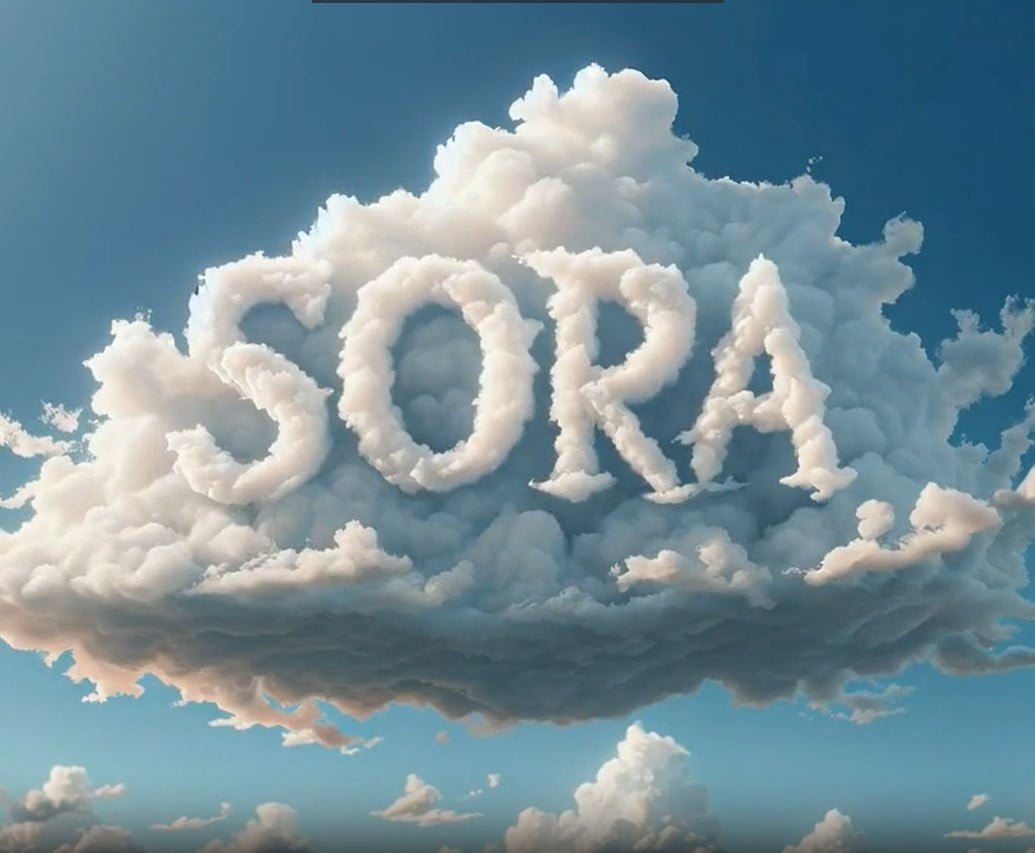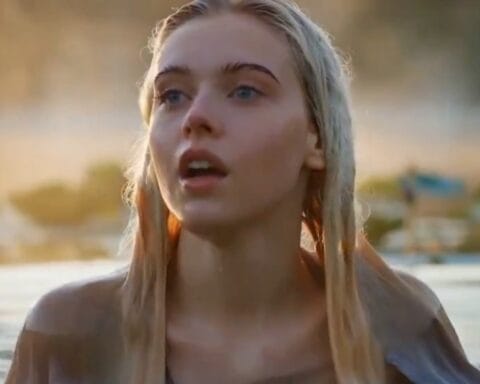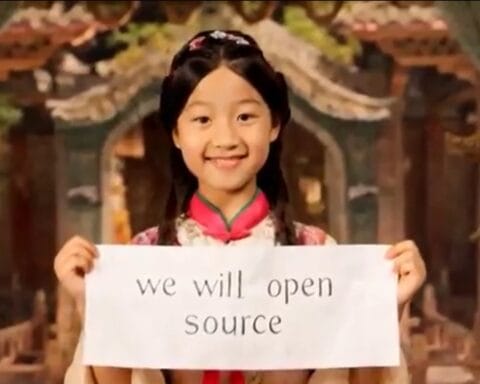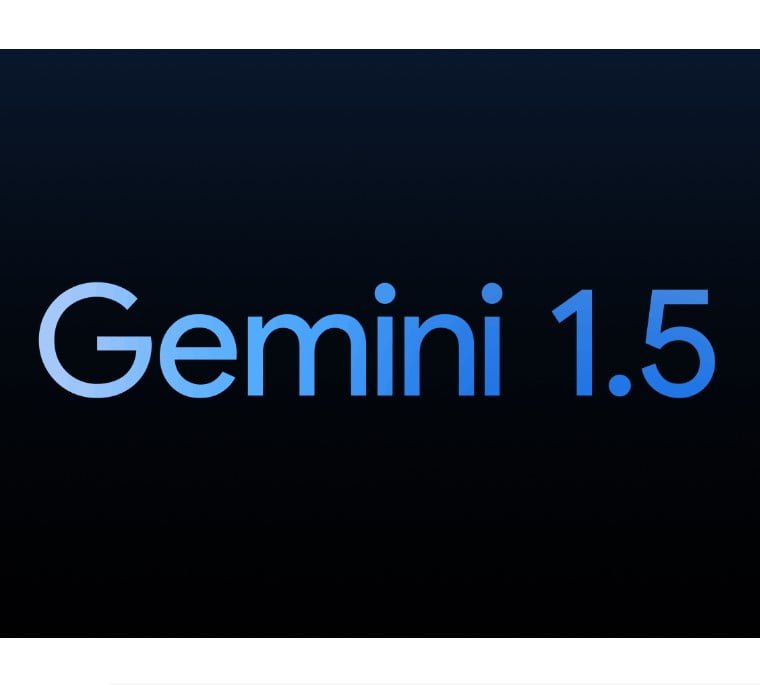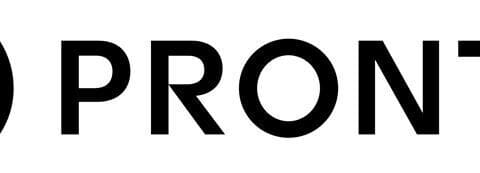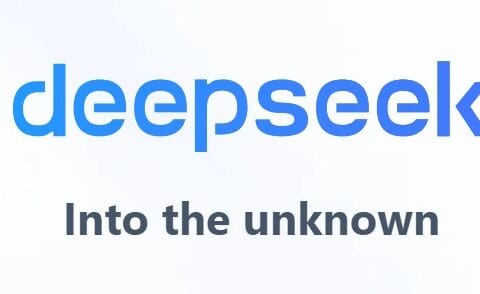Last Updated on February 29, 2024 12:34 pm by Laszlo Szabo / NowadAIs | Published on February 16, 2024 by Laszlo Szabo / NowadAIs
Capabilities of OpenAI’s Sora – When AI Meets Cinematic Quality – Key Notes
- Sora is a powerful video generation model by OpenAI.
- Generates high-fidelity videos of various durations, resolutions, and aspect ratios.
- Utilizes transformer architecture for large-scale training on video and image data.
- Employs video compression to facilitate high-quality video generation.
- Capable of handling videos with variable durations, resolutions, and aspect ratios flexibly.
- Demonstrates the effectiveness of scaling transformers in video generation.
- Offers variable durations, resolutions, and aspect ratios, unlike past approaches.
Say Hello to Sora – Understanding OpenAI’s New Video Generator Model
OpenAI’s Sora is a powerful video generation model that has the potential to revolutionize the field of artificial intelligence.
With its ability to generate high-fidelity videos and images of variable durations, resolutions, and aspect ratios, Sora represents a significant step forward in building general-purpose simulators of the physical world.
Understanding Sora’s Training Methodology
Sora’s training methodology involves the large-scale training of generative models on video and image data. By utilizing a transformer architecture that operates on spacetime patches of video and image latent codes, Sora is able to generate minute-long videos with remarkable fidelity.
This approach allows Sora to handle videos and images of diverse durations, aspect ratios, and resolutions. The training of Sora involves transforming visual data into patches, compressing videos into a lower-dimensional latent space, and subsequently decomposing the representation into spacetime patches.
This patch-based representation proves to be highly scalable and effective for training generative models on various types of videos and images.
The Role of Video Compression in Sora
To facilitate the generation of high-quality videos, Sora employs a video compression network. This network reduces the dimensionality of visual data, compressing it both temporally and spatially.
By training Sora on videos within this compressed latent space, the model can subsequently generate videos with the same level of fidelity.
Additionally, a corresponding decoder model is trained to map generated latents back to pixel space, ensuring the accurate reconstruction of videos.
Spacetime Latent Patches: Enabling Flexible Video Generation
Sora’s generation of videos and images is made possible through the extraction of spacetime patches from compressed input videos.
These spacetime patches act as transformer tokens, allowing Sora to process and generate videos and images of variable resolutions, durations, and aspect ratios. At inference time, the size of the generated videos can be controlled by arranging randomly-initialized patches in an appropriately-sized grid.
This flexibility in sampling and generation enables Sora to create content tailored to different devices and quickly prototype content at lower sizes before generating at full resolution.
The Promise of Scaling Transformers for Video Generation
As a diffusion model, Sora is trained to predict the original “clean” patches given input noisy patches and conditioning information such as text prompts. Notably, Sora is a diffusion transformer, which is a type of transformer model that has demonstrated remarkable scaling properties across various domains.
The effectiveness of diffusion transformers extends to video models, as evidenced by the comparison of video samples with fixed seeds and inputs as training progresses. With increased training compute, the quality of generated samples improves significantly.
According to OpenAI:
“We believe the capabilities Sora has today demonstrate that continued scaling of video models is a promising path towards the development of capable simulators of the physical and digital world, and the objects, animals and people that live within them.”
Embracing Variable Durations, Resolutions, and Aspect Ratios
Unlike past approaches to image and video generation that resize, crop, or trim videos to a standard size, Sora embraces the native size of the training data.
This approach offers several benefits, including sampling flexibility and improved framing and composition.
Sora’s ability to sample videos at their native aspect ratios allows for the creation of content specifically tailored to different devices. It also facilitates quick prototyping at lower sizes before generating videos at full resolution. Furthermore, training on videos at their native aspect ratios enhances composition and framing, resulting in videos with improved visual aesthetics.
Leveraging Language Understanding for Video Generation
Training text-to-video generation systems requires a vast amount of videos with corresponding text captions.
Sora employs the re-captioning technique introduced in DALL·E 3, where a highly descriptive captioner model is trained to produce text captions for all videos in the training set. This approach improves both text fidelity and the overall quality of videos generated by Sora.
Additionally, Sora leverages the power of GPT to transform short user prompts into longer, more detailed captions. This enables Sora to generate high-quality videos that accurately follow user prompts
Prompting Sora with Images and Videos
While Sora is mainly known for its text-to-video generation capabilities, it also has the ability to be prompted with other inputs, such as pre-existing images or videos.
This versatility enables Sora to perform a wide range of image and video editing tasks, including creating perfectly looping videos, animating static images, and extending videos forwards or backwards in time.
By leveraging its underlying capabilities, Sora can accomplish these tasks seamlessly and with great precision.
Animating Images with Sora
Sora’s capabilities extend beyond video generation. Given an image and a prompt as input, Sora can generate videos based on that image. For example, Sora can animate an image of a Shiba Inu dog wearing a beret and a black turtleneck, bringing the image to life through video.
Another example demonstrates Sora’s ability to generate videos based on an image of a diverse family of monsters. These examples showcase Sora’s capacity to animate static images and produce engaging and dynamic videos.
Extending Videos with Sora
Sora’s ability to extend videos is a remarkable feature. By starting from a segment of a generated video, Sora can extend the video backward in time, creating a seamless transition from the starting point to the original video. This method allows for the creation of infinite loops, where the video seamlessly repeats itself. This capability opens up new possibilities for video creators, enabling them to generate videos with extended durations while maintaining a coherent and continuous narrative 1.
Video-to-Video Editing with Sora
Sora’s video-to-video editing capabilities are made possible by diffusion models, which have introduced numerous methods for editing images and videos from text prompts. By applying the SDEdit technique to Sora, videos can be transformed in various ways. For example, the setting of a video can be changed to a lush jungle or the 1920s with an old-school car, while retaining the red color. Other transformations include making a video go underwater, setting it in space with a rainbow road, or depicting it in a winter or claymation animation style. Sora’s versatility in video-to-video editing allows for the creation of unique and customized content 1.
Connecting Videos Seamlessly
Sora’s interpolation capabilities enable seamless transitions between videos with entirely different subjects and scene compositions. By gradually interpolating between two input videos, Sora creates videos that bridge the gap between the two, resulting in smooth and continuous transitions. This feature is particularly useful for creating engaging video montages or merging footage with different visual elements. The ability to connect videos seamlessly expands the creative possibilities for video creators using Sora 1.
Unleashing Sora’s Image Generation Capabilities
In addition to video generation, Sora is also capable of generating high-quality images. This is achieved by arranging patches of Gaussian noise in a spatial grid with a temporal extent of one frame. The model can generate images of various sizes, with resolutions of up to 2048×2048 pixels. The image generation capabilities of Sora allow for the creation of visually stunning and detailed images in a range of styles and subjects.
Examples of Sora’s Image Generation
Sora’s image generation capabilities can be exemplified by various visual scenarios. For instance, a close-up portrait shot of a woman in autumn, with extreme detail and a shallow depth of field, demonstrates Sora’s ability to capture fine details and evoke a specific mood. A vibrant coral reef teeming with colorful fish and sea creatures showcases Sora’s capacity to generate vivid and realistic depictions of natural environments.
Furthermore, digital art featuring a young tiger under an apple tree in a matte painting style demonstrates Sora’s ability to create visually striking and detailed images. Lastly, a snowy mountain village with cozy cabins and a northern lights display, captured with high detail and a photorealistic DSLR, showcases the ability of Sora to generate immersive and captivating landscapes.
The Emergence of Simulation Capabilities in Sora
As Sora is scaled up and trained on increasingly large datasets, it exhibits a range of interesting emergent capabilities. These capabilities enable Sora to simulate aspects of people, animals, and environments from the physical world.
Remarkably, these properties emerge without any explicit inductive biases for 3D, objects, or other specific phenomena. They are purely a result of the scale and complexity of the training process
3D Consistency in Sora’s Video Generation
Sora’s ability to generate videos with dynamic camera motion showcases its 3D consistency. As the camera shifts and rotates, people and scene elements move consistently through three-dimensional space. This consistency allows for the creation of immersive and realistic video content that captures the dynamics of the physical world 1.
Long-Range Coherence and Object Permanence
Maintaining temporal consistency in video generation is a challenge for many AI systems. However, Sora demonstrates significant progress in modeling both short- and long-range dependencies. For example, Sora can persistently represent people, animals, and objects even when they are occluded or leave the frame.
Furthermore, Sora can generate multiple shots of the same character in a single sample, maintaining their appearance throughout the video. These capabilities enhance the realism and coherence of the generated videos.
Interacting with the World: Actions and Effects
Sora’s simulation capabilities extend to simulating actions that affect the state of the world in simple ways. For instance, a painter can leave new strokes on a canvas that persist over time, or a person can eat a burger and leave bite marks. These interactions with the simulated world add a dynamic and realistic element to the generated videos, making them more engaging and immersive 1.
Simulating Digital Worlds: The Case of Video Games
Sora’s simulation capabilities are not limited to the physical world. It can also simulate artificial processes, such as video games. Sora can simultaneously control a player character in a game like Minecraft while rendering the world and its dynamics in high fidelity.
By prompting Sora with captions mentioning “Minecraft,” it can elicit the generation of videos that simulate gameplay in the context of the popular game. This versatility showcases the potential of Sora in creating virtual worlds and interactive experiences 1.
The Limitations and Future of Sora
While Sora demonstrates remarkable capabilities as a video generation model, it is not without limitations.
For instance, Sora may not accurately model the physics of certain interactions, such as glass shattering. Additionally, interactions like eating food may not always yield correct changes in the object’s state.
OpenAI acknowledges these limitations, as well as other failure modes that may arise during training and generation. However, OpenAI believes that the current capabilities of Sora pave the way for the development of highly-capable simulators of the physical and digital world and the objects, animals, and people that inhabit them.
Definitions
OpenAI Sora: It’s a state-of-the-art video generation model that utilizes advanced AI techniques to create high-fidelity, dynamic videos from text descriptions or prompts.
Frequently Asked Questions
- What is OpenAI Sora?
- OpenAI Sora is a video generation model capable of producing high-quality videos based on textual descriptions.
- How does Sora generate videos?
- Sora uses a transformer architecture and video compression to create videos from text, image, or video prompts.
- What makes Sora unique in video generation?
- Its ability to handle diverse video formats and generate content with high fidelity and flexibility.
- Can Sora generate videos of any duration and resolution?
- Yes, Sora is designed to produce videos of variable durations, resolutions, and aspect ratios.
- Is Sora available for public use?
- The document does not specify current public availability details.
